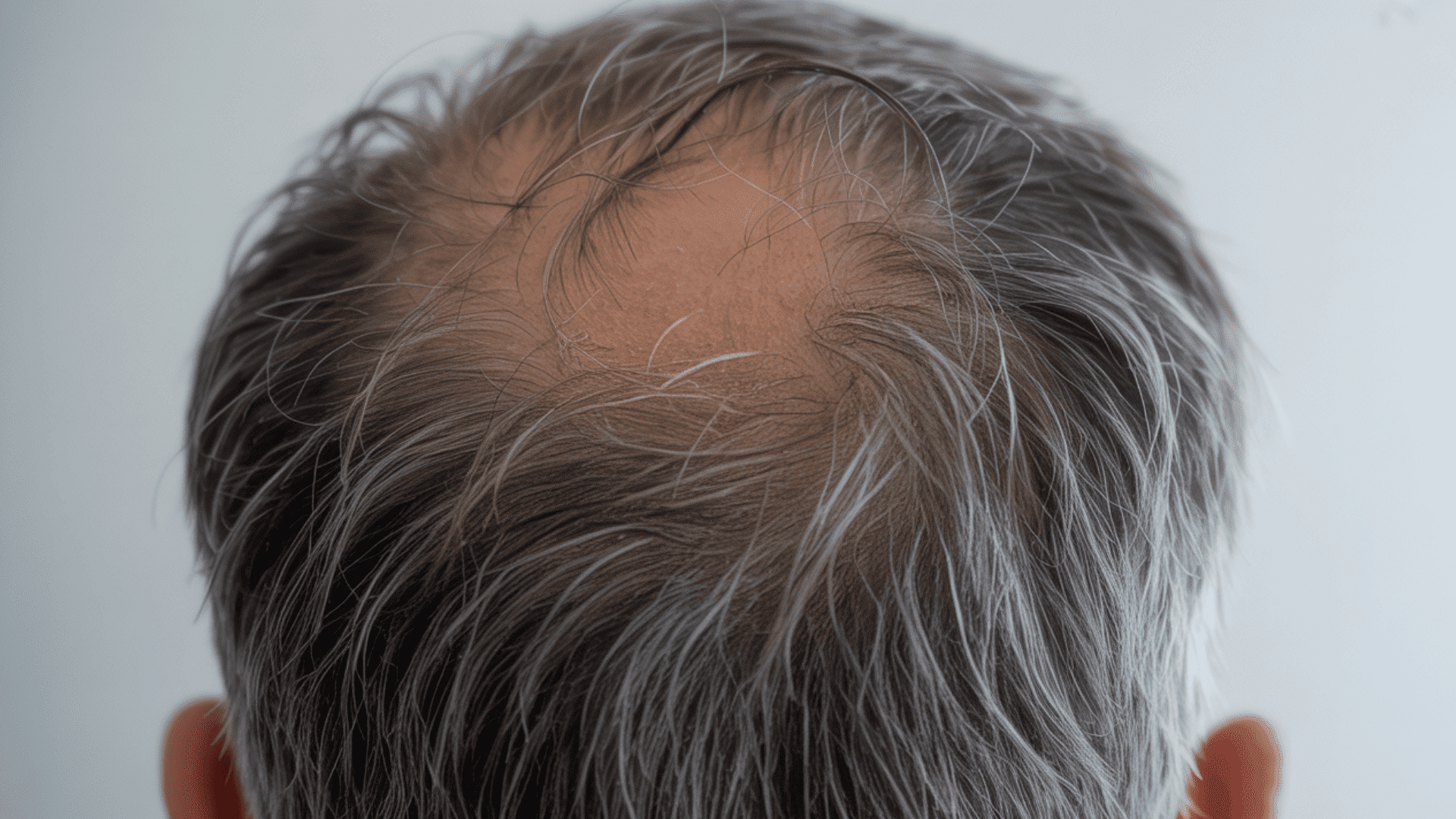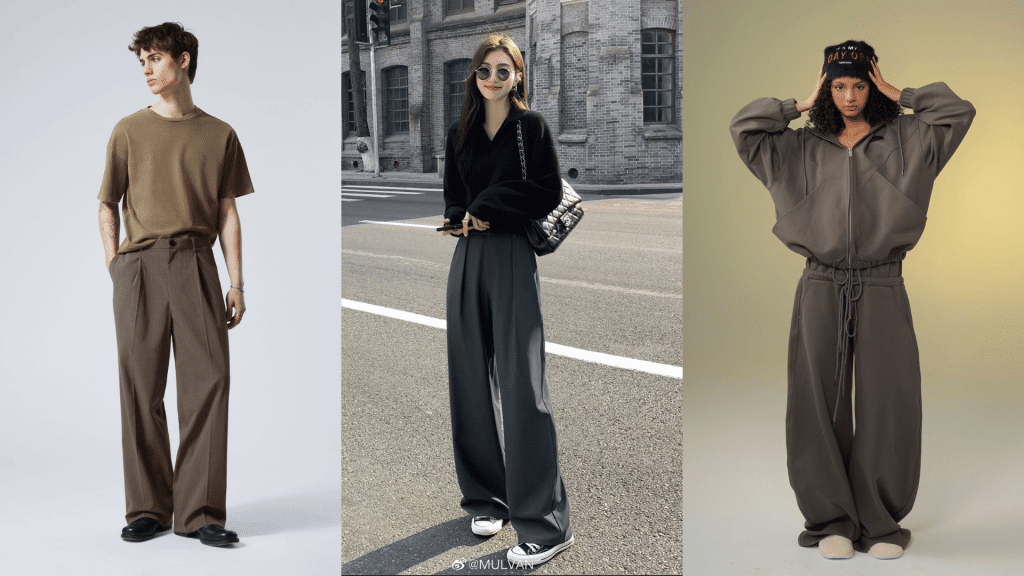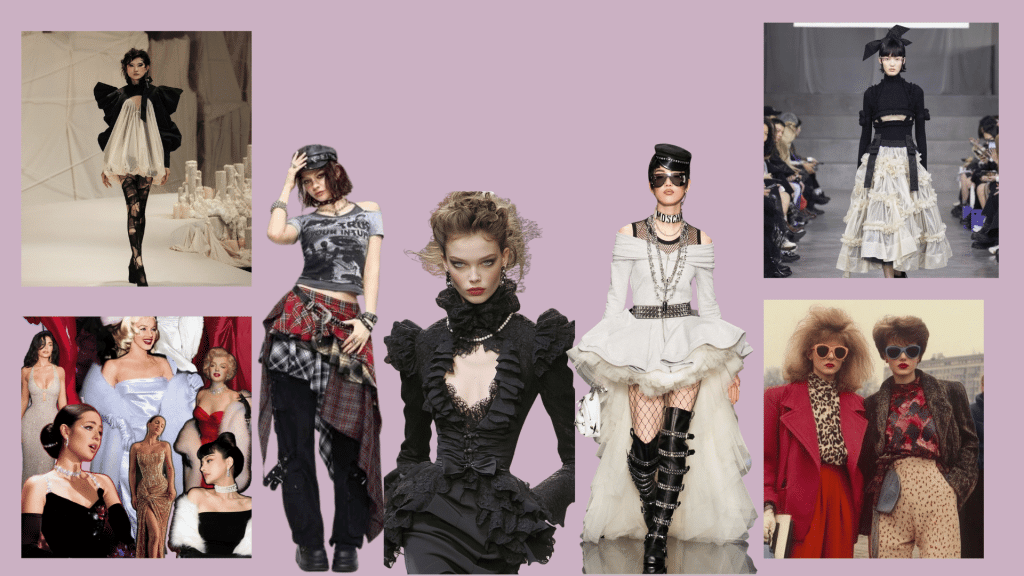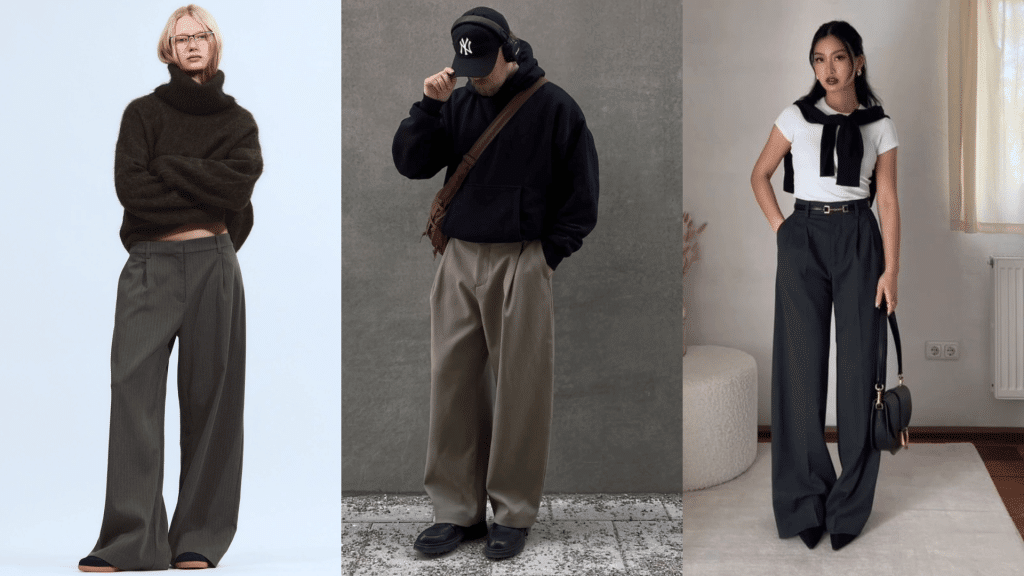Stress can significantly impact our hair, leading to loss and premature graying through hormonal and autoimmune responses.
When people wonder if hair holds memories and trauma, there’s actually science behind it: emotional experiences physically alter hair growth cycles, leaving visible marks of difficult times.
Hair trauma involves real hormonal and autoimmune changes in strands, explaining why haircuts trigger emotional responses. Many cultures cut hair after loss or grow it for strength, reflecting this deep mind-body connection.
Whether hair holds memories beyond these physical changes remains a debated topic, but the belief itself may offer healing through the symbolic act of a fresh cut.
Does Hair Hold Trauma or Memories?
From a scientific perspective, hair acts like a biological timeline. Each strand contains traces of substances, drugs, toxins, and hormones locked into the hair shaft as it grows.
People wonder, does hair hold trauma in these chemical signatures? While hair doesn’t store emotions, it preserves evidence of bodily experiences.
The question has a complex answer. Intense stress causes cortisol to disrupt growth cycles, leading to shedding, graying, or texture changes that suggest hair holds memories of difficult times.
Some believe hair holds memories because it reflects what the body endures. When asking does hair hold trauma, consider how stress leaves visible marks that remind us of past struggles.
That comes from these physical changes; hair becomes a record of life’s challenges, not storing trauma directly, but showing its effects rather than answering does hair hold memories in the way some believe.
Scientific and Psychological Basis: How Trauma Shows Up in Hair
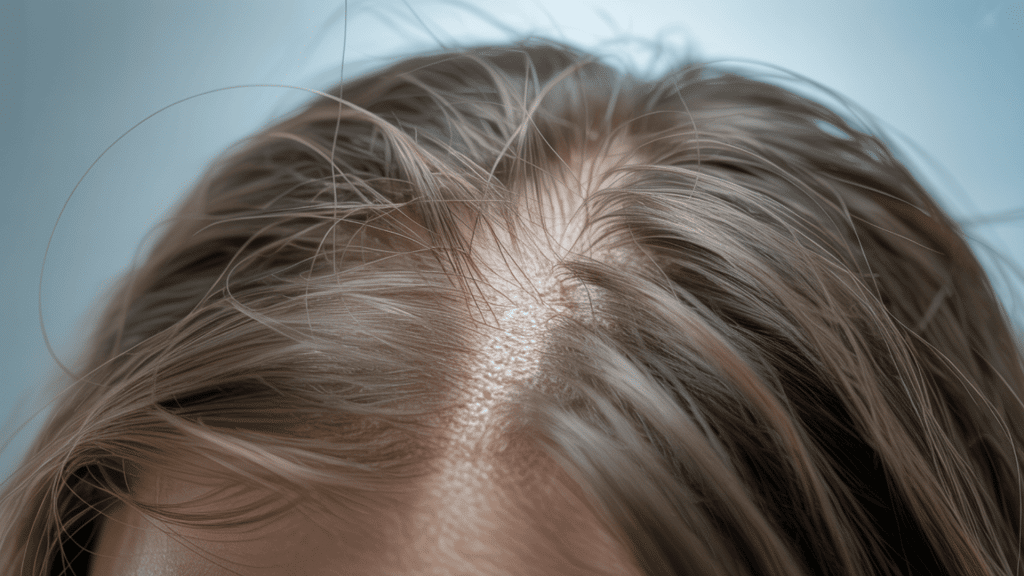
When someone experiences trauma, their body shifts into survival mode. This biological response directly impacts hair growth cycles in measurable ways.
The Science Behind Stress and Hair
Stress triggers a cascade of hormonal changes that disrupt normal hair function:
- Cortisol floods the system, forcing follicles into premature resting phase
- Blood flow redirects from scalp to vital organs
- Nutrient absorption decreases, starving hair roots
- Immune system becomes overactive, sometimes attacking follicles
Telogen effluvium occurs after stress, with up to 70% of hairs in the growth phase abruptly stopping. About three months later, these hairs shed simultaneously, causing noticeable hair loss.
Psychological Impact on Physical Hair
While memories don’t live in hair strands, psychological trauma creates physical changes people can see and touch. Someone with PTSD might develop patchy bald spots from alopecia areata.
A person with anxiety might unconsciously pull their hair, creating thin areas. Depression often leads to neglect of hair care, resulting in tangling and breakage.
Hair becomes a mirror, reflecting internal struggles through external changes. When asking does hair hold trauma, the answer lies in how trauma affects the whole body, it’s not storing trauma, it’s showing its impact.
The Effects of Trauma on Mental and Emotional Health
Trauma leaves deep emotional marks that affect how people navigate daily life.Those who experience traumatic events often cycle through fear, anger, sadness, and persistent anxiety.
These emotions aren’t just temporary; they can develop into lasting conditions.
Many trauma survivors develop mental health disorders. PTSD causes flashbacks and hypervigilance. Depression drains energy and hope.
Bipolar disorder brings extreme mood swings, while BPD affects relationships and self-image. Early recognition and treatment make a crucial difference in recovery outcomes.
In many ways, hair holds memories too, reflecting stress and change through its condition and appearance.
Effective Ways to Heal From Trauma
No single treatment works for everyone. Recovery requires personalized approaches based on individual needs and trauma severity.
| Treatment Type | Description | Best For |
|---|---|---|
| Traditional Therapy | CBT and EMDR reprocess traumatic memories | Structured, evidence-based healing |
| Body-Based | Yoga and somatic work release physical tension | Those holding trauma physically |
| Holistic | Acupuncture, meditation calm nervous system | Complementary support |
| Creative | Art and music therapy for expression | Processing without words |
| Support Groups | Community connection and shared experiences | Reducing isolation |
Treatment intensity varies by need, including residential (24/7 support), PHP (daily structured care), and IOP (evening/weekend sessions). The right level depends on trauma severity and life circumstances.
Internal stress acts as an external warning sign that something deeper needs attention.
The Science Behind How Trauma Manifests in Your Hair
The mind-body connection means emotional trauma creates real physical symptoms throughout the body.
When someone experiences trauma, their entire system responds, from muscle tension and digestive issues to exhaustion that rest can’t fix.
People might notice appetite swings, eating nothing one day and binging the next. Sleep becomes elusive, with insomnia keeping them awake or nightmares jolting them from rest.
Understanding does hair hold trauma helps explain why these emotional wounds manifest so visibly in our strands.
Among these physical responses, hair changes stand out as particularly visible markers of internal distress. Sudden shedding leaves pillows covered in strands of hair.
Gray hairs appear seemingly overnight. Texture shifts from smooth to brittle without explanation. While muscle tension stays hidden and stomach issues remain private, hair broadcasts stress to the world.
Hair as a Reflection of Personal Experiences
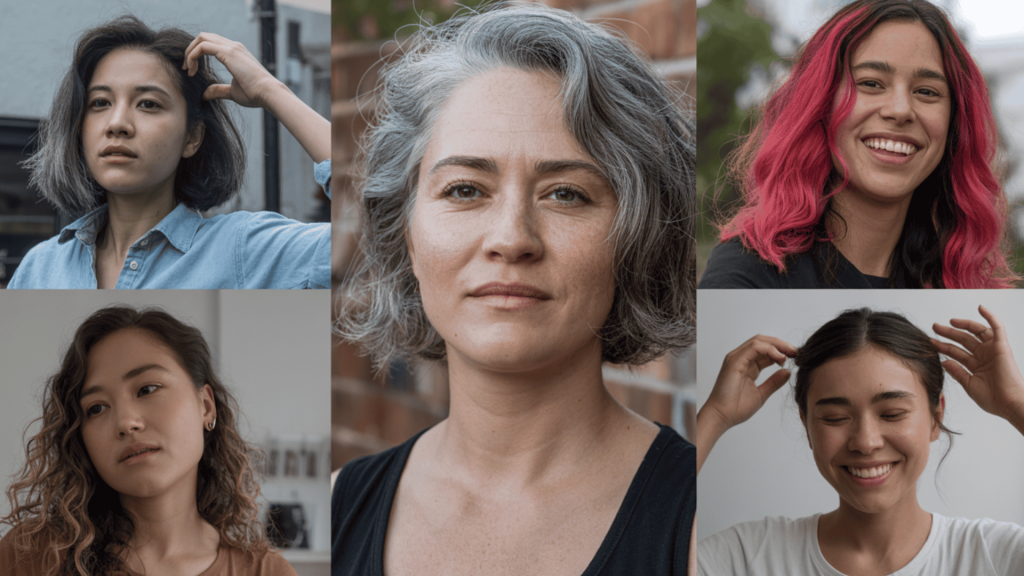
Major life transitions often trigger dramatic hair changes that reflect deeper identity shifts, answering does hair hold trauma through visible changes.
When someone leaves a toxic relationship, cutting their hair becomes liberation; career changes might inspire embracing natural gray as authenticity declarations.
- New beginnings: Cutting damaged hair symbolizes shedding old burdens and releasing what no longer serves someone’s growth
- Empowerment: Dramatic changes after trauma mark reclaiming control over personal narrative and physical appearance
- Acceptance: Showing natural color signals self-embrace, authenticity, and the courage to be seen as they truly are
- Resilience: Hair becomes visible proof of surviving challenges, each new inch representing time spent healing
- Emotional shifts: Style changes mirror internal states, from bold colors expressing newfound confidence to simple styles reflecting peace
A person growing their hair after an illness celebrates the return of health. Through these rituals, hair becomes part of the healing process, helping people transition from who they were to who they’re becoming.
When we ask does hair hold trauma, these transformative moments show how hair helps us process and release emotional experiences.
Hair Care as Emotional and Spiritual Healing
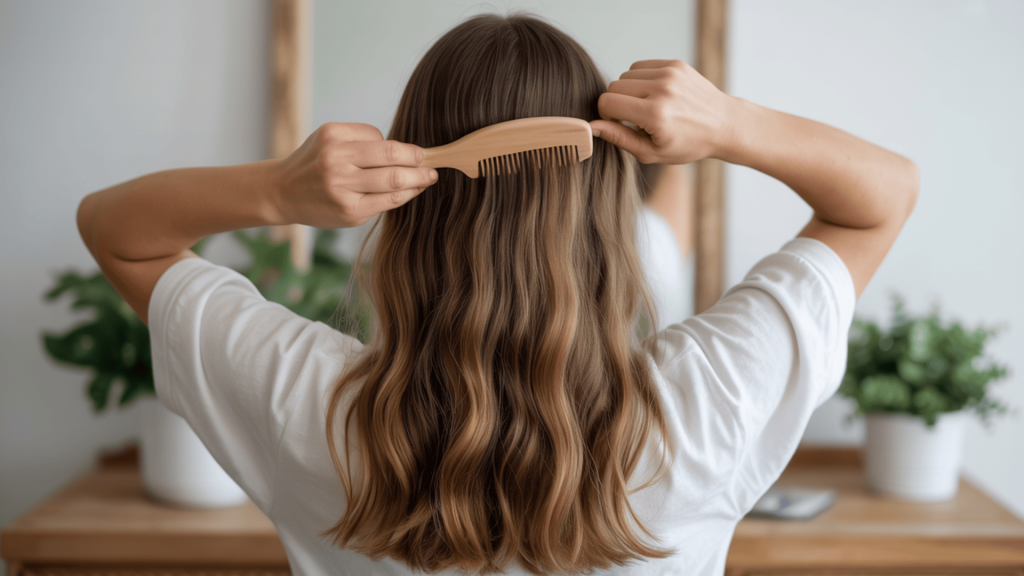
Daily hair care becomes a grounding ritual when life feels chaotic. The repetitive motions of washing, conditioning, and styling create pockets of calm in turbulent times.
These self-care acts offer control amid chaos, with each step symbolizing renewal through hydration and protective styling. Hair rituals help process and release emotional weight physically, showing how hair truly holds trauma.
Regular trims cut away split ends like releasing old wounds. Deep conditioning sessions become practice runs for intensive self-care , teaching patience and the value of restoration.
Hair becomes a safe place to practice nurturing, tangible proof that healing happens in small, repeated acts of kindness.
The Bottom Line
Hair can’t store trauma, but it shows exactly how stress affects the body. Those sudden changes in texture, color, or growth are physical proof of what someone’s going through.
Recognizing stress-related hair changes allows for the early detection of health issues.
Though science shows that does hair hold trauma in a literal sense is no, these visible changes serve as important warning signs that awareness opens doors to healing, whether through therapy, medical care, or lifestyle changes.
Ready to listen to what your hair’s telling you? Start tracking changes today.
Notice patterns. Seek support when needed. Your hair’s health reflects your overall wellbeing – use it as your guide to better self-care.

